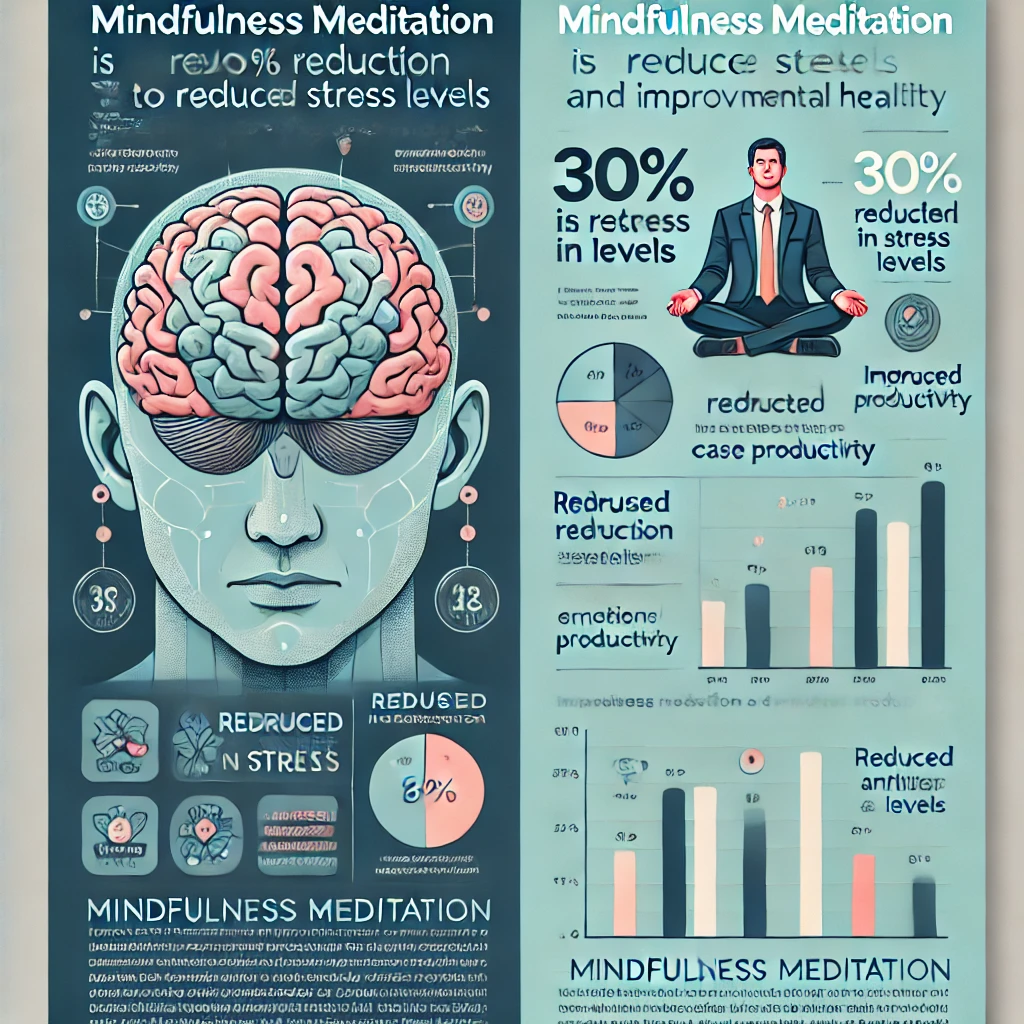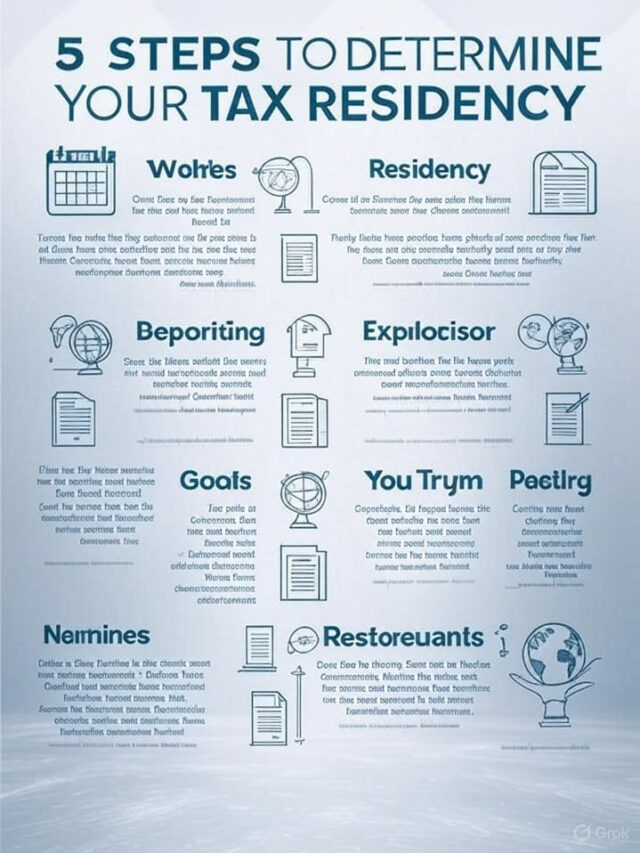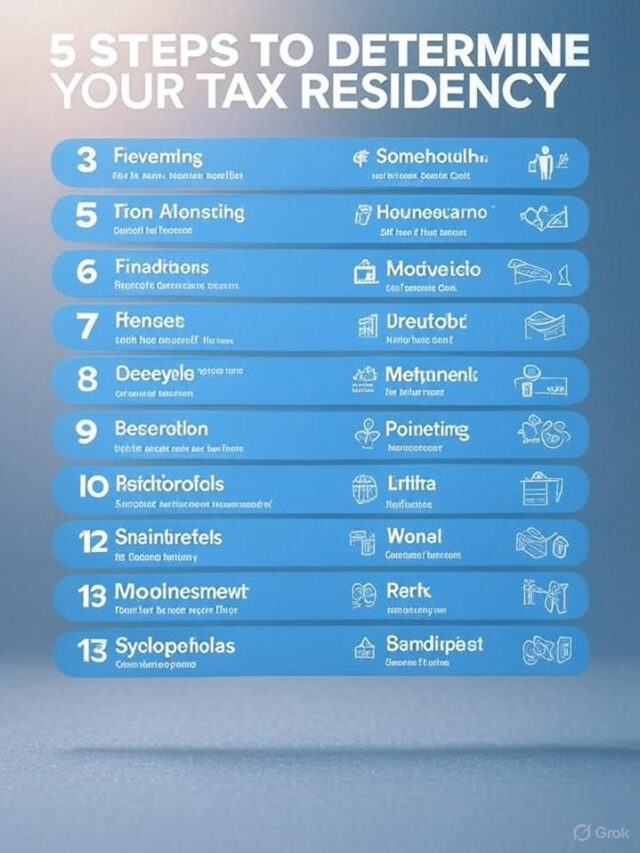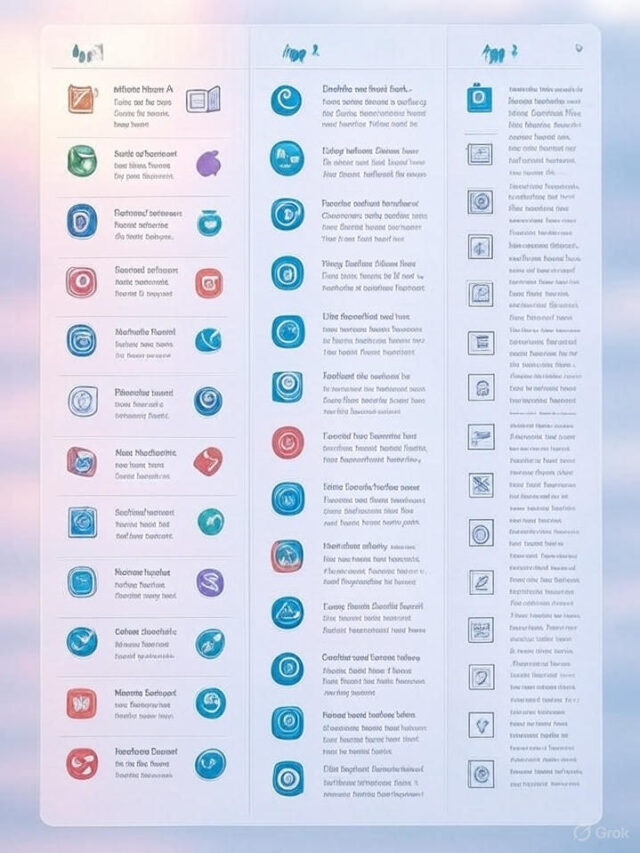In today’s fast-paced world, stress has become an almost inevitable part of life. Whether it’s work deadlines, financial pressures, or personal relationships, stress can take a toll on both our mental and physical health. Fortunately, mindfulness meditation offers a powerful, natural, and accessible way to combat stress and reclaim your peace of mind.
In this article, we’ll explore mindfulness meditation for stress relief in depth. You’ll learn what it is, how it works, and actionable steps to incorporate it into your daily routine. By the end, you’ll have the tools to transform stress into serenity.
What is Mindfulness Meditation for Stress Relief?
Mindfulness meditation is a mental training practice that involves focusing your mind on the present moment. It’s about observing your thoughts, feelings, and sensations without judgment. When applied to stress relief, mindfulness meditation helps you become aware of stressors and respond to them calmly rather than react impulsively.
How Does Mindfulness Meditation Relieve Stress?
- Reduces Cortisol Levels: Cortisol, the stress hormone, can wreak havoc on your body. Studies show that mindfulness meditation lowers cortisol levels, promoting relaxation.
- Improves Emotional Regulation: By observing your emotions without judgment, you gain better control over how you respond to stressful situations.
- Enhances Self-Awareness: Mindfulness helps you recognize stress triggers early, allowing you to address them before they escalate.
- Promotes Relaxation: Deep breathing and focused attention activate the parasympathetic nervous system, which calms the body.

How to Practice Mindfulness Meditation for Stress Relief
Ready to get started? Follow this step-by-step guide to practice mindfulness meditation effectively.
Step 1: Find a Quiet Space
Choose a quiet, comfortable spot where you won’t be disturbed. This could be a corner of your home, a park, or even your office during a break.
Step 2: Set a Time Limit
If you’re new to meditation, start with 5–10 minutes. As you become more comfortable, you can gradually increase the duration.
Step 3: Sit Comfortably
Sit in a comfortable position with your back straight. You can sit on a chair, cushion, or the floor—whatever feels best for you.
Step 4: Focus on Your Breath
Close your eyes and bring your attention to your breath. Notice the sensation of air entering and leaving your nostrils. If your mind wanders, gently bring it back to your breath.
Step 5: Observe Your Thoughts
As you meditate, thoughts will inevitably arise. Instead of engaging with them, simply observe them like clouds passing in the sky. Acknowledge them without judgment and return to your breath.
Step 6: Practice Body Scan
After focusing on your breath, shift your attention to different parts of your body. Start from your toes and work your way up to your head, noticing any tension or sensations.
Step 7: End with Gratitude
Before opening your eyes, take a moment to express gratitude for this time you’ve dedicated to yourself.
Common Questions About Mindfulness Meditation for Stress Relief
1. How Long Does It Take to See Results?
While some people feel calmer after just one session, consistent practice yields the best results. Research suggests that practicing mindfulness meditation for 8 weeks can significantly reduce stress and improve overall well-being.
2. Can I Practice Mindfulness Meditation Anywhere?
Absolutely! One of the greatest benefits of mindfulness meditation is its flexibility. You can practice it at home, in the office, or even on public transportation.
3. What If I Can’t Stop My Thoughts During Meditation?
It’s completely normal for your mind to wander. The key is not to eliminate thoughts but to observe them without judgment. Each time you bring your focus back to your breath, you’re strengthening your mindfulness muscle.
4. Is Mindfulness Meditation Suitable for Everyone?
Yes, mindfulness meditation is safe and beneficial for most people. However, if you have a history of trauma or severe mental health issues, it’s best to consult a healthcare professional before starting.
Real-Life Examples of Mindfulness Meditation for Stress Relief
Case Study 1: Corporate Stress Reduction
A study conducted at a Fortune 500 company found that employees who participated in an 8-week mindfulness meditation program reported a 30% reduction in stress levels. They also experienced improved focus and productivity.
Case Study 2: Students and Academic Stress
High school students who practiced mindfulness meditation for 10 minutes daily reported lower anxiety levels and better academic performance. The practice helped them manage exam stress more effectively.

Tips for Making Mindfulness Meditation a Habit
- Start Small: Begin with just a few minutes a day and gradually increase the duration.
- Set a Routine: Meditate at the same time each day to build consistency.
- Use Guided Meditations: Apps like Headspace or Calm can provide structure and guidance.
- Be Patient: Like any skill, mindfulness takes time to develop. Don’t get discouraged if progress feels slow.
- Track Your Progress: Keep a journal to note how you feel before and after each session.
The Science Behind Mindfulness Meditation for Stress Relief
Research consistently supports the benefits of mindfulness meditation for stress relief. For example:
A 2014 study published in JAMA Internal Medicine found that mindfulness meditation programs significantly improved anxiety, depression, and pain.
A 2018 study in Health Psychology showed that mindfulness meditation reduced stress-related inflammation in the body.
These findings highlight the profound impact mindfulness meditation can have on both mental and physical health.
Frequently Asked Questions (FAQs)
Q: What is the best time to practice mindfulness meditation for stress relief?
A: The best time is whenever you can consistently dedicate a few minutes to practice. Many people find mornings or evenings ideal.
Q: Can mindfulness meditation replace therapy or medication?
A: While mindfulness meditation is a powerful tool, it’s not a substitute for professional treatment. It can complement therapy or medication but should not replace them without consulting a healthcare provider.
Q: How does mindfulness meditation compare to other stress-relief techniques?
A: Mindfulness meditation is unique because it addresses the root cause of stress—our reaction to it. Unlike temporary fixes, it builds long-term resilience.
Embrace Mindfulness Meditation for a Stress-Free Life
Mindfulness meditation is more than just a trend—it’s a proven, science-backed method for managing stress and improving overall well-being. By incorporating this practice into your daily routine, you can cultivate a sense of calm, clarity, and resilience that empowers you to navigate life’s challenges with grace.
So, why wait? Start your mindfulness meditation journey today and experience the transformative power of living in the present moment.
Ready to take the first step toward a stress-free life? Download a mindfulness meditation app, set aside 5 minutes today, and begin your journey. Share your experiences in the comments below or connect with us on social media to join a community of like-minded individuals committed to well-being. Let’s embrace mindfulness together!










